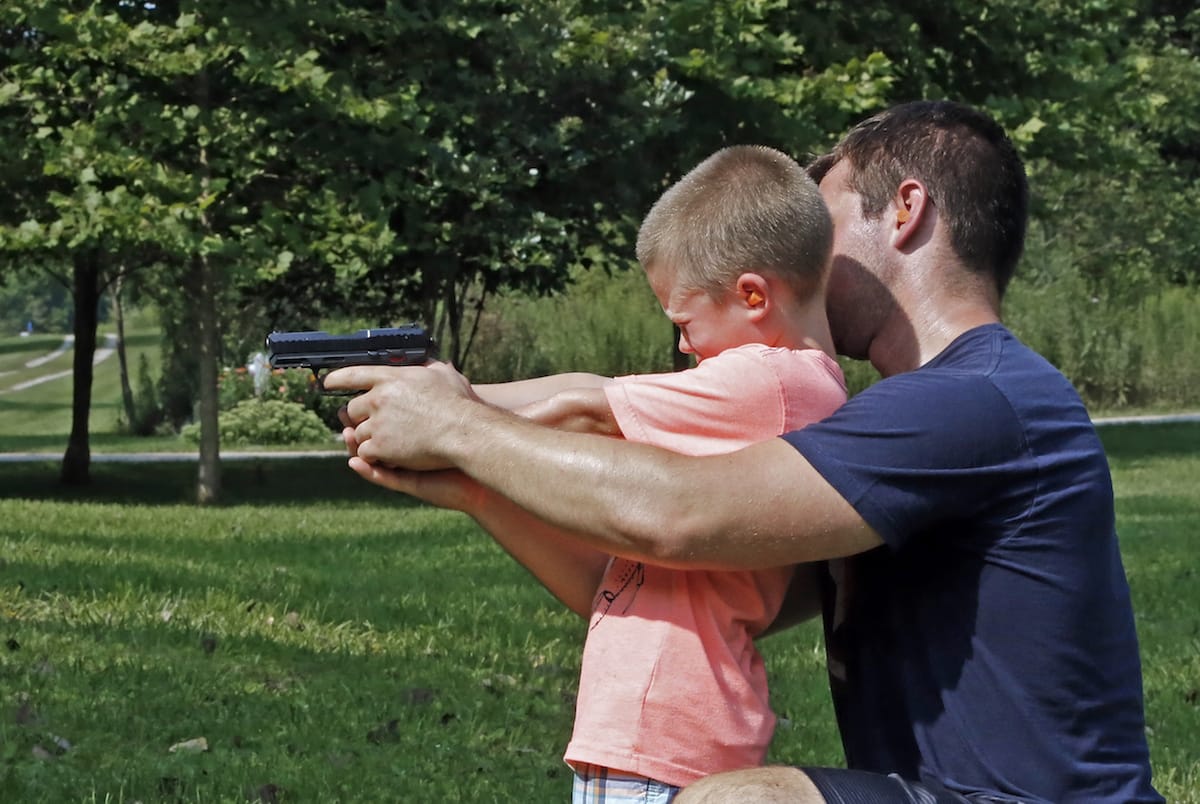How Old Should Children Be Before You Teach Them To Use Weapons?
/We recommend starting off with a martial arts program geared for youth and then transition into a program that incorporates self-defense weapons.
If they’re old enough to pick up the weapon, they’re old enough to be taught how to handle it safely. Weapons training doesn’t need to begin from an early age, but proper identification and handling should be a requirement.
Teaching a child how to deploy pepper spray is going to be completely different than handling a knife. In either case, the goal should not be to push them into difficult, highly coordinated hand-to-hand movements immediately.
The basics are always this:
- Identify properly. (“This is a knife.”)
- Handle safely.
- Store in a secure place.
Nobody should be leaving weapons lying around the house or vehicle. Every single weapon is a tool. Handling them safely and knowing when to secure weapons is pivotal.
Youth Martial Arts Programs
If the child shows any keen interest in weapons, this may be the opportunity to introduce him or her to martial arts. Almost any martial arts program will instill a sense of discipline and responsibility — necessary for safety.
There are a lot of youth martial arts programs available. In nearly all cases, instructors push self-sufficiency, coordination, physical strength, and agility. A sharp mind is far more useful for self-defense than a sharp knife because the brain knows when and where to deploy any weapon within reach of the body. A knife is just a tool. Held in inept hands, it’s as much a danger to the wielder as a potential opponent.
The following are some example martial arts programs that focus on youth and personal development:
- Jiu-jitsu
- Kempo karate
- Aikido
- Taekwondo
The added bonus in this is a child’s growing sense of confidence. He knows what he ought to be doing, and he is confident in his abilities to do so.
Weapons are accessories to the real weapon — one’s self.
Additional benefits include:
- Increased agility
- Mental focus and clarity
- Confidence
- Flexibility
- Respect for self and others
These are all things a child will reap great rewards from. It takes diligence, time, and dedication to practice outside of the dojo. The result will be displayed in how they handle themselves day-in and day-out.
What Age Is Perfect For Weapons Training?
As we mentioned in the previous section, mental acuity will determine roughly everything else. If a child is particularly keen, alert, and focused, he or she will probably be fine to learn how to use weapons in a safe, controlled environment. It would be better to develop the body and mind to the point where a weapon is merely an extension rather than a requirement but you, as the parent, are the first person to make that call.
You know your child better than anyone else.
We recommend starting off with a regimented martial arts program geared for youth and development and then transition into a program that incorporates self-defense weapons.
Teach a child to correctly identify a weapon and get an adult to handle it. This ensures that before he or she reaches the age where weapons training is part of a program, he can be trusted to treat those weapons safely. Always encourage him to get a trusted adult like yourself, your spouse, a teacher or similar.
Get more articles like these in delivered to your inbox by signing up for the free USA Carry Newsletter.



